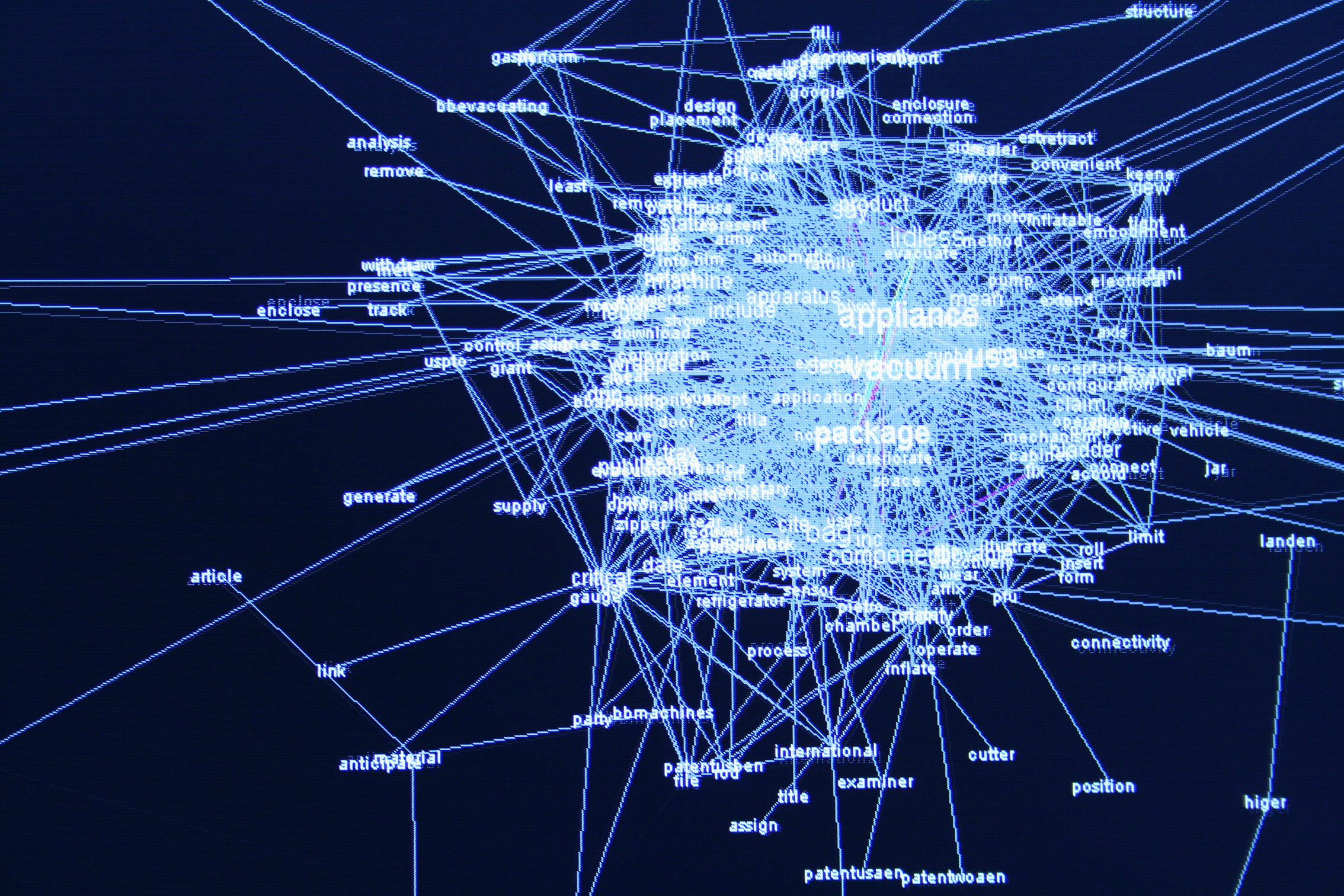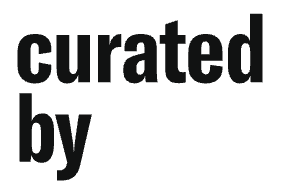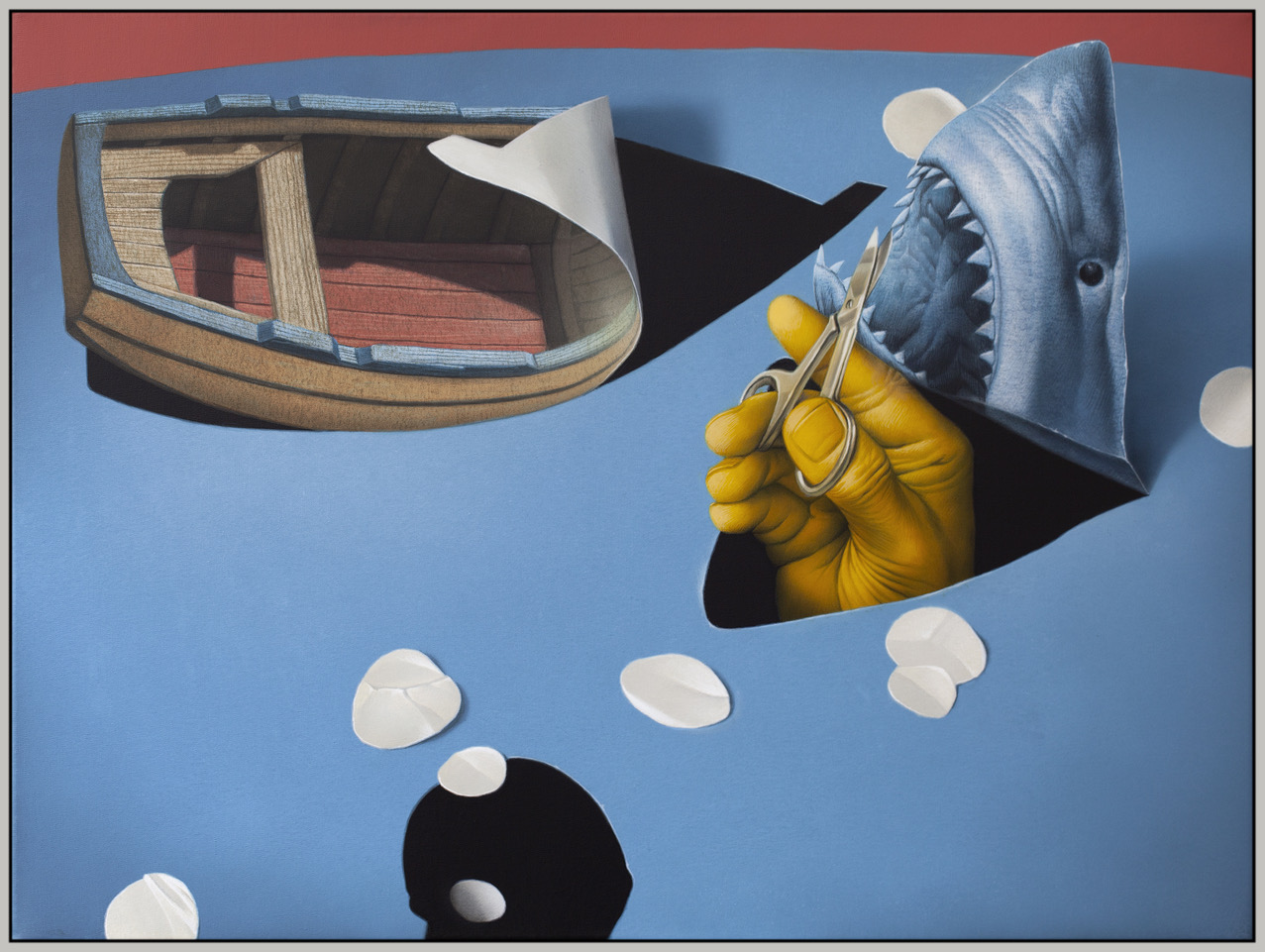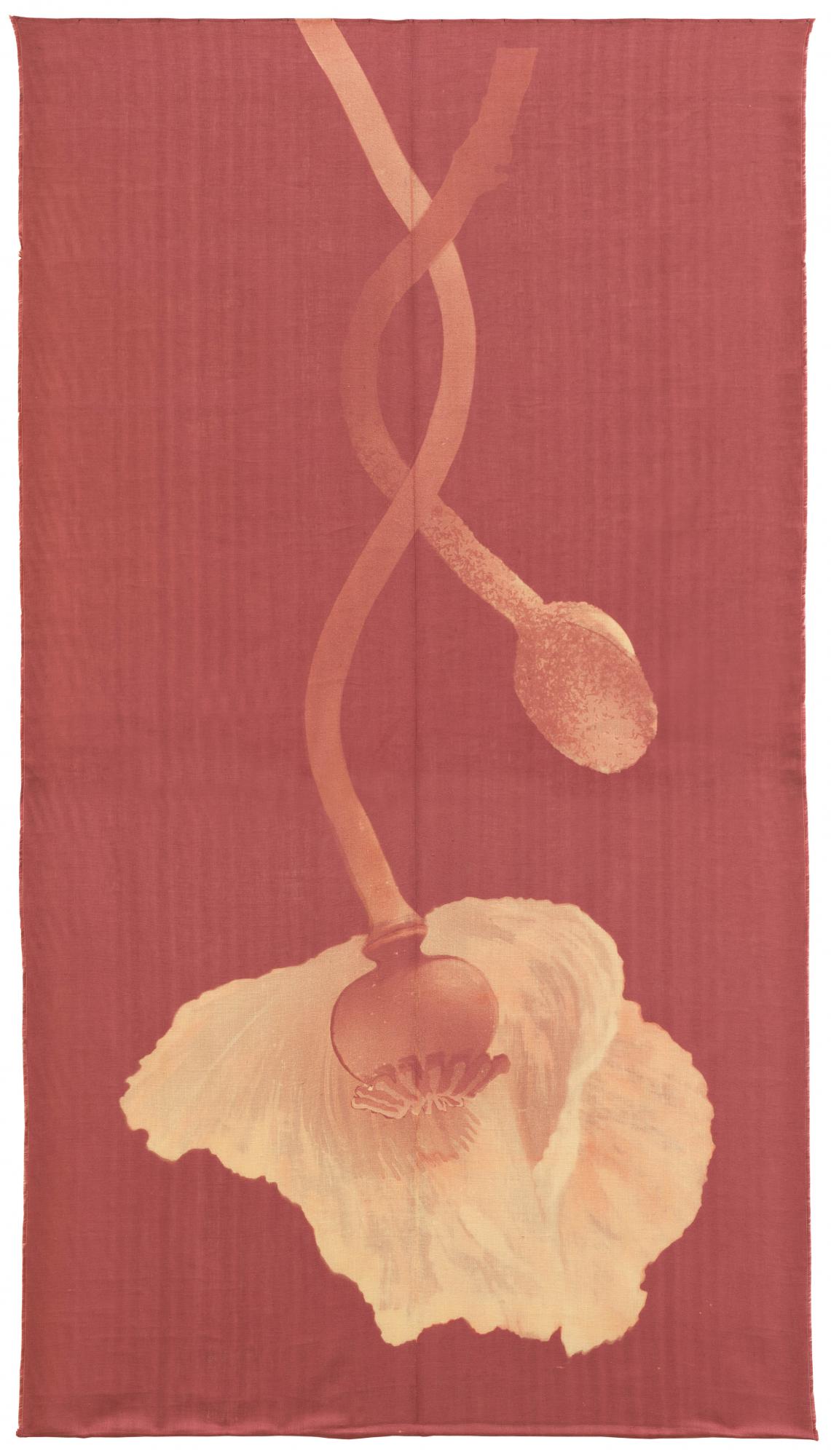Crone Wien curated by Poetry Machine
„May Not the Soul Be as Balloons“

www.galeriecrone.com
Curator(s):


Artist(s):
-
Eckart Hahn MoreEckart Hahn, born 1971 in Freiburg, Germany, interacts with the sensual-haptic abilities of our per- ception. By translating the pictorial language of virtual media realities to hyper realistic paintings, he aims to highlight the post-factual uncertainty and makes the surreal and paradoxical tangible. Hahn attended a basic education year in photography in the early 90s. He then studied art history at the Eberhard Karls University in Tübingen and graphic design at the Johannes Gutenberg School in Stuttgart. He lives and works in Reutlingen.
-
Justine Otto MoreJustine Otto, born 1974 in Zabrze, Poland, has committed herself to figurative painting. She is distinguished for creating metaphysical, often glowing psychedelic worlds in her work. Otto’s approach is planned and intuitive at the same time as she plays with the feasibility, representation and technique of her expression. Justine Otto studied painting at the Städelschule in Frankfurt am Main, Germany, with Peter Anger- mann and Michael Krebber. Besides numerous international solo- and group exhibitions, her works are held in collections such as the Hessian Landesmuseum in Darmstadt, the Philipps Art Collection in Washington D.C. and the Museum Franz Gertsch in Switzerland. She lives and works in Berlin.
- Maja Vukoje
-
Ramesch Daha MoreRamesch Daha, born 1971 in Tehran, Iran, connects historical and biographical narratives to the collective human memory through a variety of media. Travelling internationally to study and ac- cumulate materials for her work, she creates multi-part presentations of painting, collage, video, drawing and archival documents. Daha is based in Vienna. Her works were on display in international solo- and group exhibitions, including at the Austrian Cultural Forum in New York, the Kunstpavillon Munich and the Belvedere 21 in Vienna.
-
Carola Dertnig MoreCarola Dertnig, born 1963 in Innsbruck, Austria, explores the neglected backside of topics such as identity, the self and its position in society, as well as the politicization of gender. Her artistic prac- tice comprises performance, video, photography, sculpture and installation with the conceptual aspect always in the foreground. Dertnig lives and works in Vienna. Since 2006, she has headed the Performing Arts Department at the Academy of Fine Arts in Vienna. Her works were presented in major art institutions, such as the Artists Space New York, the Museum of Modern Art New York, the Secession Vienna and the MUMOK Vienna.
-
Raphael Hefti MoreRaphael Hefti, born 1978 in Boudevilliers, Switzerland, places the aesthetic before the useful. Coming from an academic background in Electronics and Mechanics, he applies innovative and industrial processes to ordinary materials. The resulting art works carry a profound sense of hu- man invention and intervention. After his apprenticeship in Electronics, Hefti went on to École Cantonale d‘Art de Lausanne before studying at Slade School of Fine Art in London. He works and lives in both Zürich and London, and has exhibited in institutions such as the Museum of Contemporary Art of Bordeaux, France, the Kunsthalle Basel, Switzerland, and the Camden Arts Center in London.
-
Verena Issel MoreVerena Issel, born 1982 in Munich, Germany, creates spatial installations that have a strong affinity to the formal language of classical modern paintings. Using materials such as foam, styrofoam, plastic and felt for her colorful wall and room objects, she refers to negative and positive events in her private and social experience. Issel lives and works in Hamburg, Germany. She completed a double degree in Fine Arts at the Academy of Fine Arts Hamburg (HfBK) and in Classical Philology at the University of Hamburg. In the latest Up&Coming-Survey of “Parnass” she is listed among the 22 most promising artists of tomorrow.
-
Anna Khodorkovskaya MoreAnna Khodorkovskaya, born 1985 in Moscow, Russia, is known for transforming elements of every- day visual culture into personal reflections about society. Elements from advertising, nostalgic toys and media are put together to create a unique and nostalgic feeling. Khodorkovskaya studied Abstract Painting with Erwin Bohatsch at the Academy of Fine Arts Vienna and is the winner of the Strabag Artaward 2014. She lives and works in Vienna, and has received attention for her numerous, often web-based art projects, such as the ArtStreamShop.
-
Tomas Kleiner MoreTomas Kleiner, born 1990 in Järna, Sweden, investigates the interactions of public and individual space through performance, installation and video art. He creates his works either on his own or together with Marco Biermann in an artist collective. Kleiner lives and works in Düsseldorf, Germany, where he has studied at the Academy of Fine Arts with Herbert Brandl and Katharina Grosse. His works have been exhibited in institutions such as Museum Abteiberg in Mönchengladbach, Kunsthalle Düsseldorf, Kunstsammlung Nordrhein-West- falen, Museum Morsbroich in Leverkusen, Belvedere 21 in Vienna, and Kunstmuseum Bonn.
- Franziska Reinbothe
-
Leszek Skurski MoreLeszek Skurski, born 1973 in Gdansk, Poland, is best known for his paintings in which he questions the relation between the individual and the mass. His works are defined by their breadth and limited colour palette, which he applies to create special surface structures and an impressive depth effect. Skurski studied at the Academy of Fine Arts in Gdansk and was awarded the Polish State Prize for Painting at the early age of 22. He has since lived and worked in Fulda, Germany. His works have been shown in numerous international exhibitions in renowned institutions and form part of mul- tiple international collections.
-
Heidi Specker MoreHeidi Specker, born 1962 in Damme, Germany, is one of the most important representatives of contemporary photography. She became known as one of the first to excessively use digital tech- nology in the 1990s. Focused on architectural depictions of the city’s coexistence with landscape, her abstractions take shape as their own visual language. Heidi Specker has studied at Bielefeld University of Applied Sciences and University of Graphics and Book Art in Leipzig. She has exhibited in numerous museums and received the European Photography Award and the German Photo Prize for her book “Im Garten” (In The Garden). Specker lives and works in Berlin.
-
Rosemarie Trockel More*1952, lives in Cologne
-
Ricardo Valentim MoreRicardo Valentim, born 1978 in Loulé, Portugal, works in a wide range of media including photo- graphy, sculpture, printed matter, radio and film screenings. Since the beginning of his artistic career, he has taken a particular interest in the representation of the “other.” Investigating the ma- terial and visual culture of our time, Valentim presents how personal experiences manifest in the symbolic character of collective identities, and vice versa. Valentim lives and works in New York. He has exhibited regularly since the early 2000s and is held in several international collections including the Serralves Foundation, PLMJ Foundation, Ilídio Pinho Foundation, Helga de Alvear Collection and Frac Ile-de-France-Le Plateau.
Exhibition text
More
MAY NOT THE SOUL BE AS BALLOONS
The exhibition May Not the Soul Be as Balloons directly references Estelle Hoy’s lead essay, which outlines and defines the content of this year’s Curated by theme: Comedy. Hoy’s text is captured verbatim and transformed into a curatorial concept on a semantic basis.
This is made possible with the help of the AI-based text generator and computer system Poetry Machine, which was invented, developed, and programmed by the artist and media theorist David Link.
Poetry Machine is capable of writing its own reflections, descriptions and texts. It is fed with four or five words and associatively picks out other suitable word and sentence components from the Internet, which it then assembles into complete texts.
This ability has now been used to curate the exhibition May Not the Soul Be as Balloons. 14 short sections from Estelle Hoy’s main essay, mostly consisting of just a few words or sentences, were entered into the Poetry Machine. With the help of its algorithm, it autonomously generated 14 detailed descriptions of works.
On the basis of these work descriptions, 14 artists then created the paintings, sculptures and installations for the exhibition. In the gallery space, the works are arranged in the order in which Poetry Machine wrote the descriptions of the works. Via a sound installation, the visitor hears the texts read by the actress Mavie Hörbiger.
Click PDF for full text




